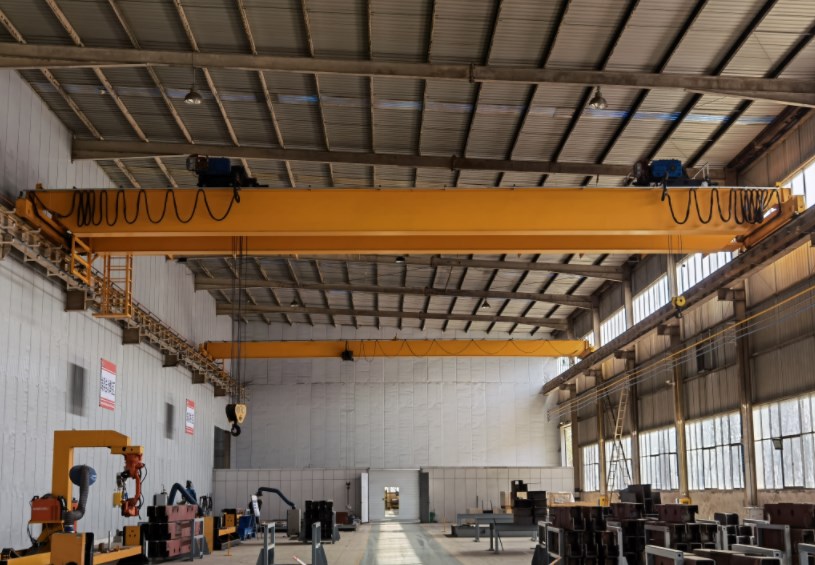Main Inspection Parts of a Double Girder 50 Ton Overhead Crane
Double girder overhead cranes are widely used in various industries for heavy lifting and material handling tasks. With their robust construction and high lifting capacity, these cranes play a vital role in enhancing productivity and efficiency. Regular inspections are crucial to ensure the safe and reliable operation of a double girder 50-ton overhead crane. In this article, we will discuss the main inspection parts that should be thoroughly examined to maintain the crane's performance and prevent potential hazards.
Bridge and Runway
The bridge and runway form the main structural components of an overhead crane 50 ton. During inspections, carefully examine the bridge girders for any signs of cracks, corrosion, or deformation. Inspect the connection points, bolts, and welds for any loose or damaged components. Similarly, inspect the runway beams for wear, excessive deflection, or misalignment. Ensure that the runway rails are properly aligned and inspect the rail fastenings for tightness and integrity.
Hoist and Trolley
The hoist and trolley mechanisms are critical components of the overhead crane. Inspect the hoist for any abnormalities such as worn brake pads, damaged wires, or malfunctioning limit switches. Test the hoisting and lowering functions for smooth operation and check the load hook for any signs of wear or deformation. Similarly, inspect the trolley wheels, gears, and bearings for proper lubrication, wear, and damage. Verify that the trolley travel is smooth and without any unusual noises or vibrations.
Wire Ropes and Chains
Wire ropes and chains are responsible for bearing and lifting heavy loads. Inspect the wire ropes for signs of wear, broken wires, or distortion. Pay attention to the wire rope end connections, ensuring they are properly secured and free from any defects. Similarly, inspect the chains for wear, elongation, or damage. Check the chain links and hooks for any signs of deformation, cracks, or inadequate locking mechanisms. Replace any worn or damaged wire ropes or chains to prevent accidents during operation.
Electrical Components
The electrical system of the overhead crane requires thorough inspection. Inspect the control panels, junction boxes, and wiring for any loose connections, damaged insulation, or overheating. Check the pendant control station for proper functionality of all buttons and switches. Ensure that the limit switches and emergency stop buttons are in good working condition. Test the crane's electrical safety devices, such as overload protection systems and interlocks, to guarantee their effectiveness.
Safety Devices
Overhead cranes are equipped with various safety devices to prevent accidents and protect personnel. Inspect the safety features, such as load limiters, anti-collision devices, and emergency stop systems. Test these devices to ensure they are functioning correctly. Inspect the end stops and bumpers to ensure they are in good condition and properly positioned. Verify that the warning signs and labels are clearly visible and legible.
Regular Lubrication and Maintenance
Proper lubrication and regular maintenance are essential for the smooth operation and longevity of a double beam overhead crane. Inspect the lubrication points and ensure that they are properly greased. Check for leaks, excessive wear, or damage in the lubrication system. Follow the manufacturer's guidelines for maintenance tasks, such as gearbox inspections, motor checks, and brake adjustments. Keep a comprehensive maintenance record to track inspections, repairs, and part replacements.
Regular inspections of the main parts of a double girder 50-ton overhead crane are vital to ensure safe and efficient operation. By thoroughly examining the bridge and runway, hoist and trolley mechanisms, wire ropes and chains, electrical components, safety devices, and adhering to proper lubrication and maintenance practices, you can identify any potential issues and take corrective measures promptly. Remember to consult the crane manufacturer's guidelines and engage qualified personnel for inspections and maintenance tasks.




Comments
Post a Comment